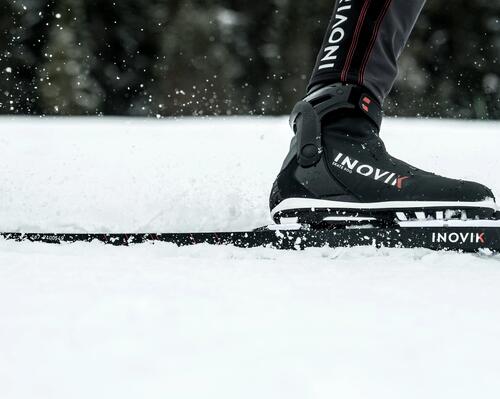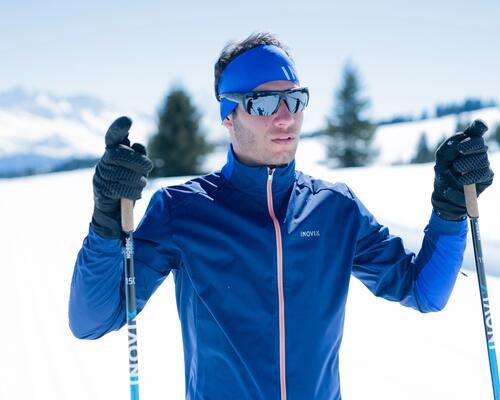1 - Choose clothing designed for cross-country skiing!
Nordic skiing or cross-country skiing is an endurance sport with a wide variation in body temperature that is practised in wintry conditions.
Unlike downhill skiing, which alternates between numerous static (during ski lifts) and dynamic phases, cross-country skiing is a so-called "active" sport which means there is constant movement.There is a varied level of intensity according to the steepness of the terrain or quite simply the intensity of your style.
For cross-country skiing, forget about your downhill skiing outfit as well as clothing that is too big and lets cold air in and cotton material that holds moisture and doesn’t dry quick enough!
To avoid being too hot, too cold or getting wet on the slopes, it’s important to choose technical clothing suitable for cross-country skiing that provide excellent temperature regulation.These are breathable, protective garments that provide good freedom of movement.
















